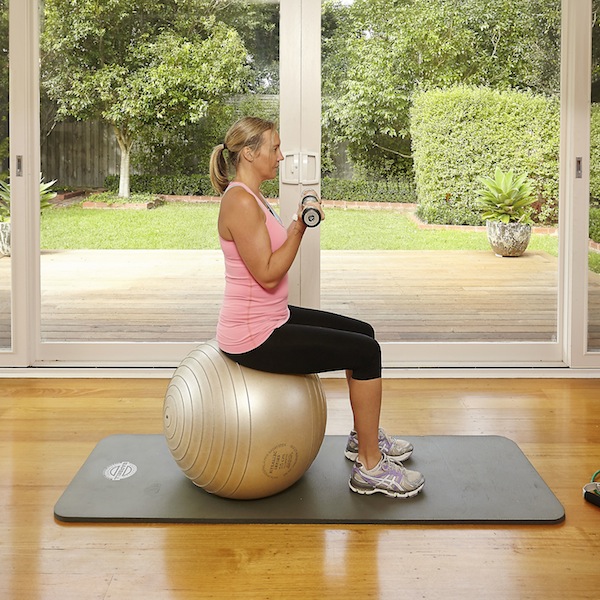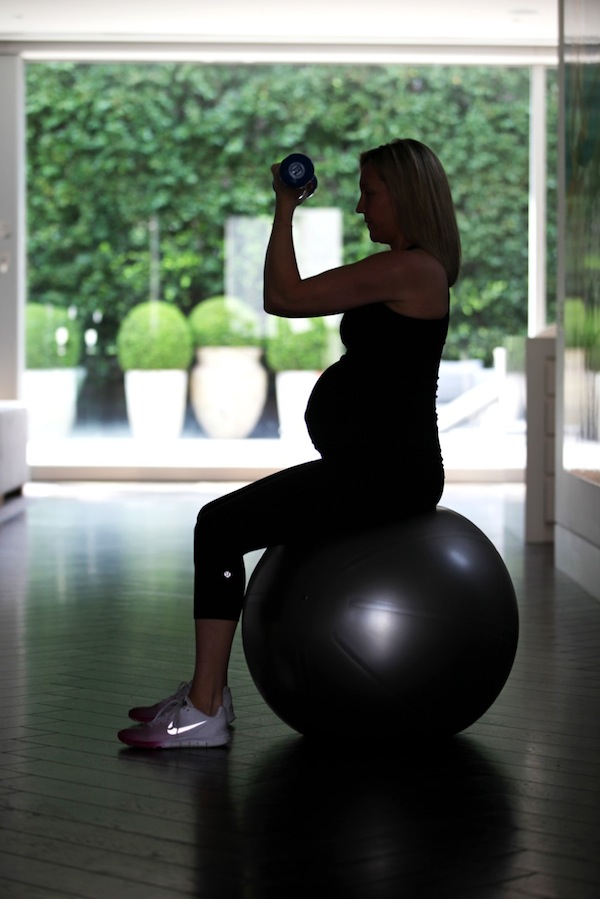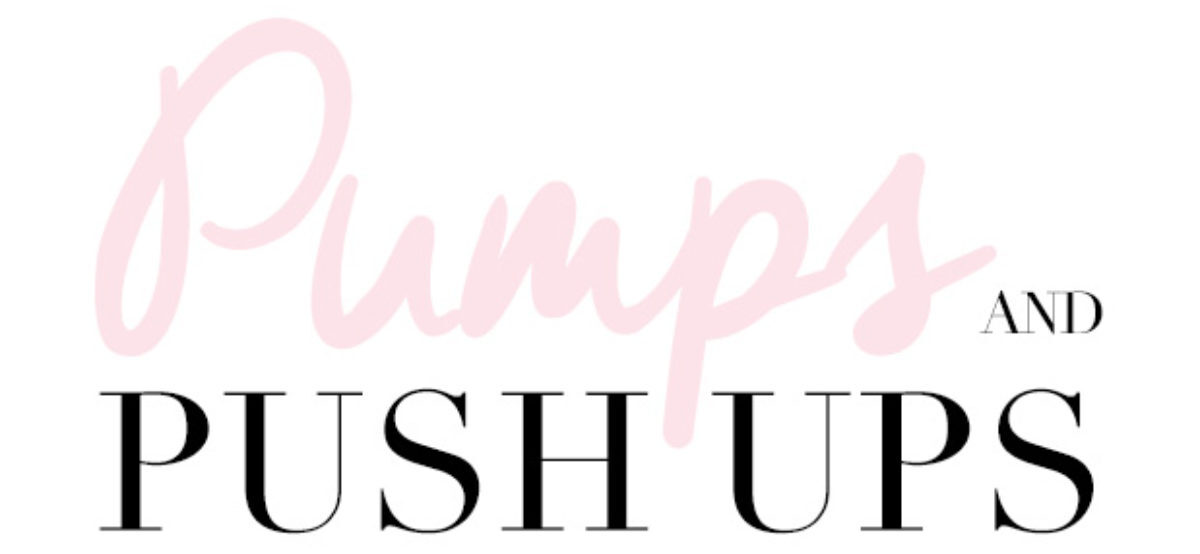YAY I’m pregnant – but what does this mean for my exercise routine?
by: Fiona Trewhitt of Mumafit
10 tips for managing exercise in your first trimester
Congratulations!! Exciting and ever changing times now await you. If your fab news has raised more questions than answers when it comes to exercising whilst pregnant, take a look at these ten tips for first trimester exercise:
Yes – you can still safely exercise!
Assuming you are healthy and complication free, you can definitely still exercise when pregnant. If you’re a dedicated and fierce exerciser then it’s time to slow things down a little, and if you’re just starting out, then gentle progression is the key. Either way, be confident that exercise is safe and a great way of keeping both you and bubba healthy and happy. Plus it will help immensely with your post birth recovery – who needs more motivation than that?
It’s time to modify and lower your intensity
Any activity that gets your heart rate up too rapidly or up to extreme levels should now be avoided. A great measure is to use ‘RPE’ – rate of perceived exertion. If 10 is being in beastmode and working to the extreme, and 0 is resting on the couch, then aim for around 6/10 when exercising. Staying below 140bpm is a good heart rate guide for most women. If you can maintain easy breathing and hold a conversation this is a good indicator of not overdoing it. Farewell things like bounding, plyometrics, skipping, jumping and hopping – see you all in a years (or more!) time!!

Sometimes it’s best to share your secret
Many women don’t share their news until 12 weeks or so, however it can be a good idea to tell your trainer, group exercise teacher, or workout buddy your secret news and ask them to modify the session for you. Alternatively, if you don’t want to share your news yet – fake an injury and say you can’t do any jumping, sprinting etc.
Lay off the abs
It’s also time to start cutting out exercises that place too much pressure on your abdominals. As your uterus begins to expand, your abdominal muscles may separate to make way. Placing unnecessary added pressure on your abdominals via exercise can exacerbate this separation – called diastasis recti – and leave you with harder work post partum to repair these muscles. So no more full sit ups, double leg raises, straight leg toe touches, full frontal planks etc. It’s also time to cease anything with contact or risk of impact – eg skiing, some ball sports etc.

Ok, so what’s my best approach?
Consider 3 key ingredients; 1 – Some resistance training (weights) to help strengthen your back and posture. This is essential pre-birth and also post birth as new mothering ergonomics (breast feeding, pushing prams, lifting), don’t encourage good posture. 2 – Cardiovascular activity (waking, swimming, cycling, and jogging) to help you with your aerobic conditioning and stamina which will be needed for labour and during delivery. 3 – Pelvic floor conditioning – yep, kegals, kegals, kegals! There is no need to overtrain them, but mastering the art will assist muscle memory and recovery post birth.
Apply common sense
With relation to frequency – be your own boss. If you feel good, then get out and do something, and if you just can’t manage it some days, then rest. Four structured sessions a week is a good target. This might involve two cardio sessions and two resistance training sessions, or combinations of both.
Hydrate and keep cool
Depending on your external environment you should also try to keep your core temperature stable so you aren’t placing any unnecessary stressors on your growing bub. In a controlled environment (home or gymnasium) this is easy to avoid as air conditioning creates a safe environment to exercise in but if you are exercising in summer be mindful of the sun and humidity. Ensure you are drinking plenty of water every day, at least 8 glasses is a good goal.
Fuel your body
Most pregnant women are best not to exercise on an empty stomach. Eat a snack at least 30 minutes before exercising and ensure your diet is rich in really fresh fruit and vegetables. Keep snacks handy at all times if they assist with first trimester nausea!
Manage your symptoms
If you have low blood pressure or dizziness, take your time when changing body positions & avoid raising weights above your head if standing. If you just feel plain lousy and exercise is the last thing you want to do, remember that it might actually be the BEST thing to do. Getting fresh air and oxygenating your blood stream will do you the world of good, so have a good drink of water, grab a piece of fruit or a juice and head out the door.
Be kind to yourself
If you feel really lousy and just can’t face exercise, let it go and rest up until it passes. But when you feel great, love yourself enough to get active to look after you and your bubba. Make a habit of nurturing both your mind and your body as you undergo this mammoth task of growing a human! Think relaxing baths, nice candles (if they don’t make you sick), massage, healthy foods and fresh air.
[highlight1]About the Author[/highlight1]
[one_half] [/one_half]
[/one_half]
[one_half_last] Fiona Trewhitt is a mother of three young children (in four years…yikes!) and is passionate about inspiring women to live healthier, happier lives, particularly during and post pregnancy. Fiona is a Wellness Coach and has developed the Mumafit iPhone app designed to assist women be active and healthy during these exciting phases of their lives. You can catch more of Fiona’s ramblings on her blog or daily on Instagram and her facebook.[/one_half_last]


